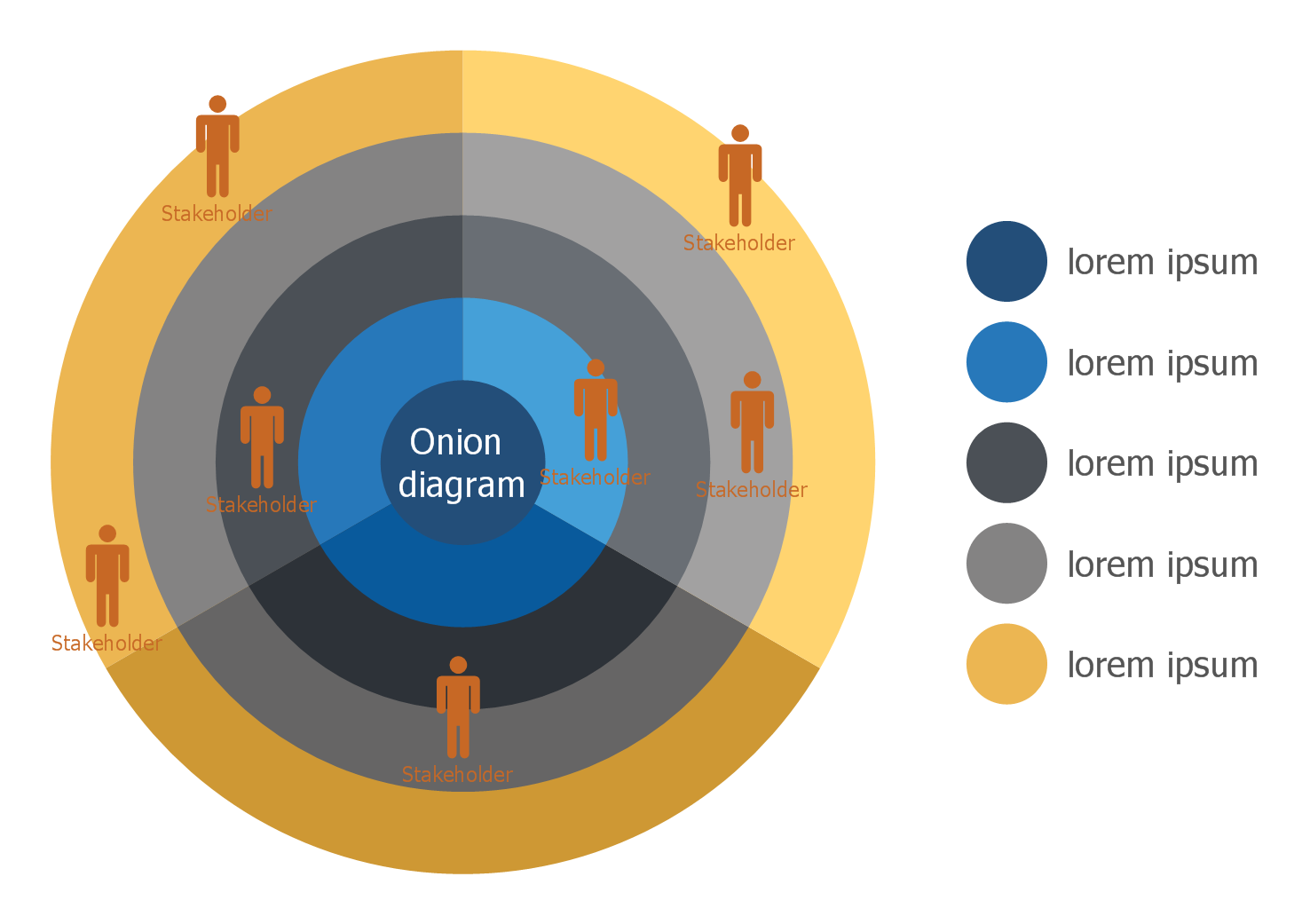

There are more than 12 different kinds of BPM techniques.

Are there different business modeling techniques?

Creating a standardized process design ensures that the entire company follows the same best practices. Foster best practicesĪre you managing a mid-size or large enterprise? You may have multiple teams performing the same process differently. Research has proven that highly innovative organizations have an average of 11% higher annual revenues and 22% higher Earnings Before Interest Taxes, Depreciation, and Amortization (EBITDA) than companies that don't innovate.īy embracing process modeling, companies will be able to stay resilient in the dynamic business landscape and handle change management more effectively. Creating a standardized process for all teams to follow.Internal team communications are crucial for activities such as: Since human talent is one of the most important resources for success, you must help staff communicate better for optimum performance and productivity. In process modeling templates, each task is represented step by step, allowing teams to understand how resources can be optimized.Ĭompletion of this detailed simulation identifies any potential bottlenecks that can then be removed to enhance business processes. They evaluate whether the task is required or if it can be done away with to optimize the broader business process. Process modeling techniques explore the reason ‘why’ any task is performed in a specific process. Process modeling ensures teams work within the broader organizational framework. No strategy can work well unless it's aligned with the overall company goals and objectives. Align strategies with business objectives Here are five more reasons why an organization should consider using business process modeling. It gives them a better position from which to identify the steps required to streamline the processes. Mapping the processes in a visual format benefits teams as they are able to clearly see the importance and structure of each workflow. By embracing process modeling, organizations have a chance to take a deeper look at their internal processes and workflows. Why use business process modeling?Įvery company wants to achieve the best results and consistently operate at peak efficiency. You can use old-fashioned pen and paper or spreadsheets for the modeling process, but having specialized business process modeling tools can help. To-be: To-be is the ideal state of a process after the suggested changes are completed.As-is: In the as-is state, the current process is depicted as it exists, without any changes.Most business process modeling tools help in mapping two states for every process: It utilizes various graphical representation techniques such as data-flow diagrams, flowcharts, Gantt charts, etc. What is business process modeling?īusiness process modeling (BPM) is a business process management technique that depicts an organization's internal workflows to help identify areas for improvement. This article will explore how business process modeling can help illustrate and improve your organization’s internal workflows and, in turn, boost team productivity.

Did you know that using visual tools can lead to an increase of 23%–89% in human performance? Utilizing a graphical tool can stimulate our imagination and enhance individual and team outcomes. To achieve consistent and stable business growth, employees need a clear picture of how the organization works.
STAKEHOLDER DIAGRAM IN BIZAGI MODELER HOW TO
If there is, it’s time to figure out how to close it and get your teams closer to your ideal performance standards. If there is none, pat yourself on the back. Want to improve your organization's overall productivity?īefore you get started, take some time to analyze the gap between the existing and desired state of performance.


 0 kommentar(er)
0 kommentar(er)
